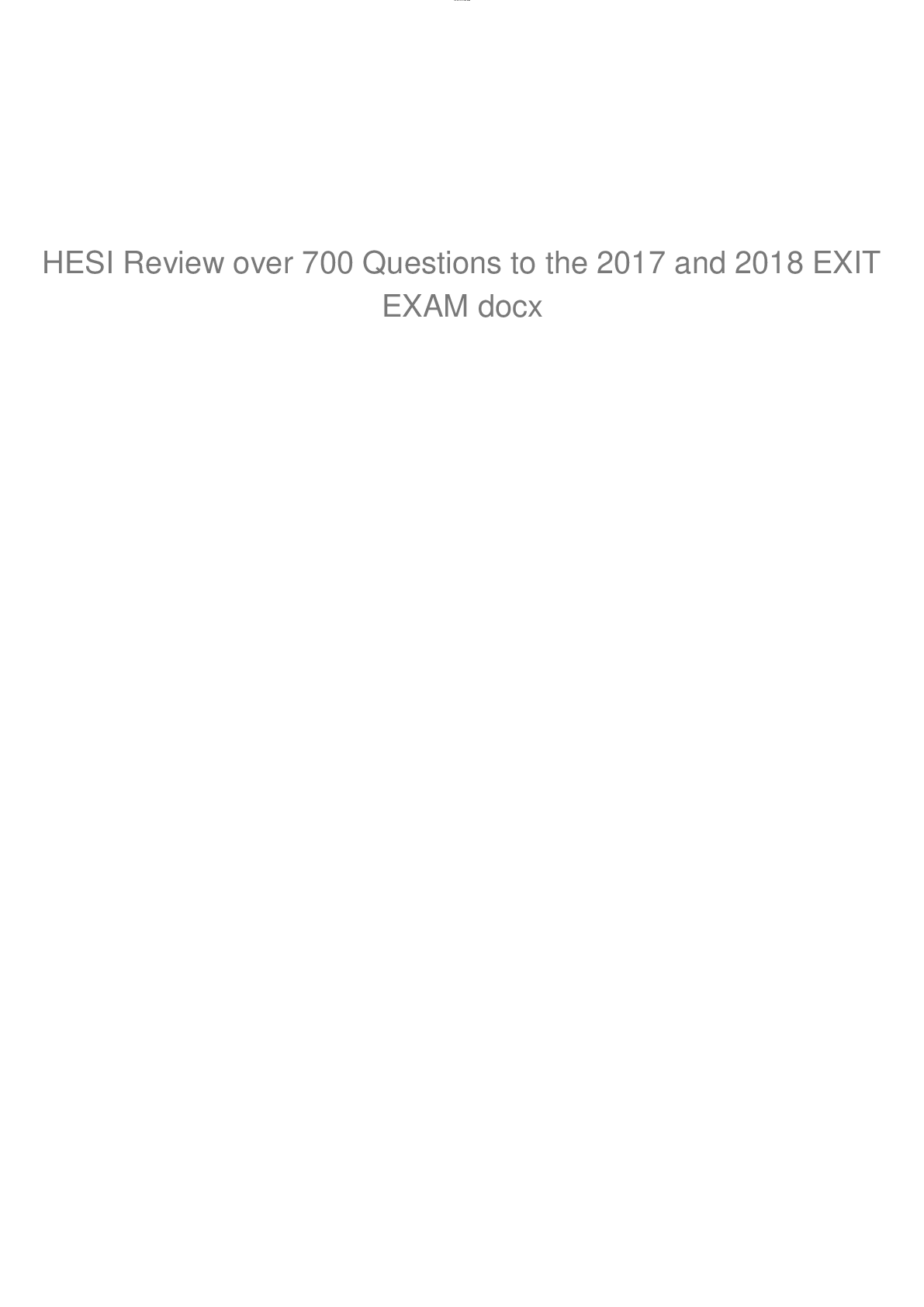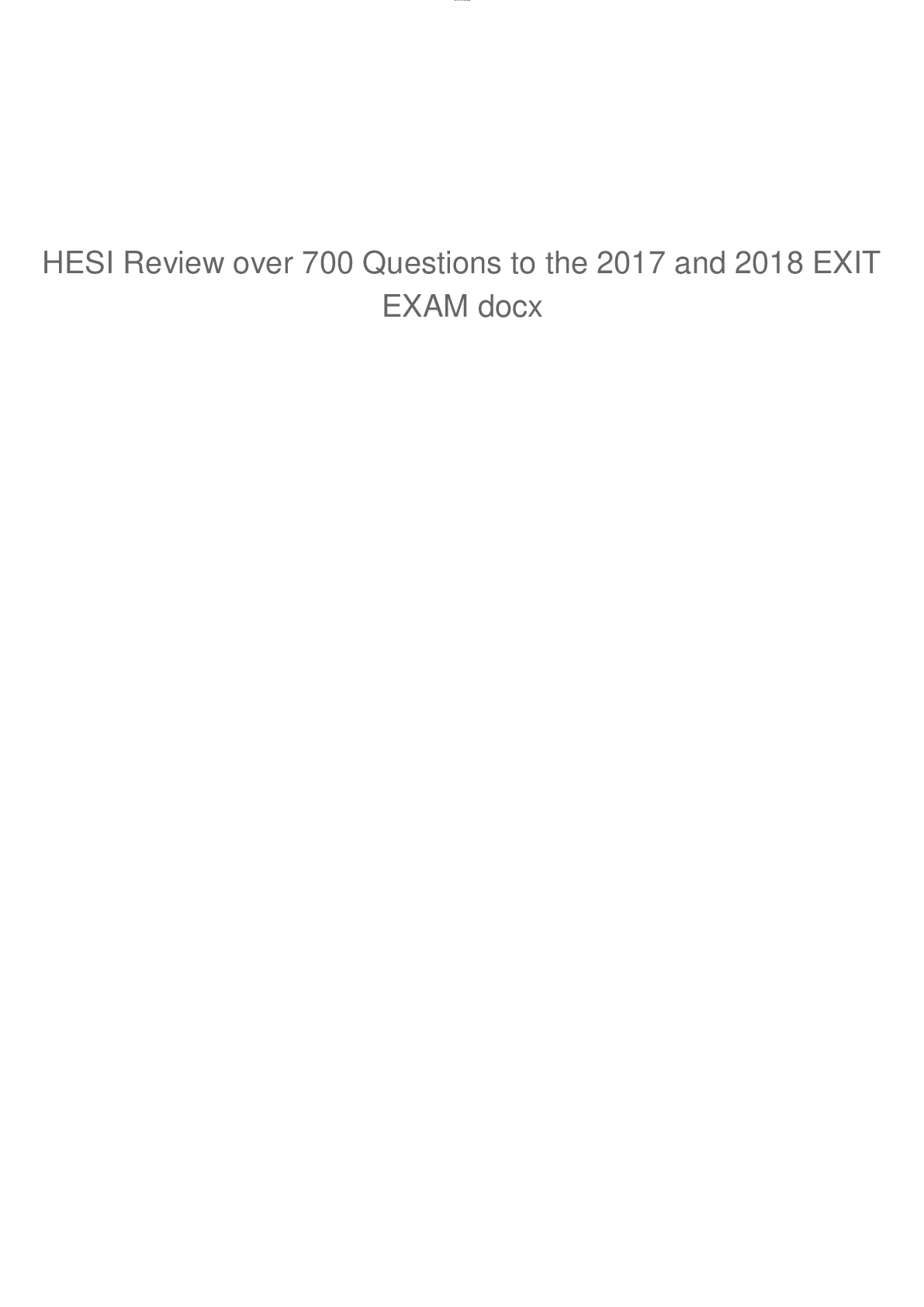1. Following discharge teaching, a male client with duodenal ulcer tells the nurse the he will drink plenty of dairy products, such as milk, to help coat and protect his ulcer. What is the best follow-up action by the nurse?
A. Review with the client the need to avoid foods that are rich in milk and cream
2. A male client with hypertension, who received new antihypertensive prescriptions at his last visit returns to the clinic two weeks later to evaluate his blood pressure (BP). His BP is 158/106 and he admits that he has not been taking the prescribed medication because the drugs make him “feel bad”. In explaining the need for hypertension control, the nurse should stress that an elevated BP places the client at risk for which pathophysiological condition?
A. Stroke secondary to hemorrhage
3. The nurse observes an unlicensed assistive personnel (UAP) positioning a newly admitted client who has a seizure disorder. The client is supine and the UAP is placing soft pillows along the side rails. What action should the nurse implement?
A. Instruct the UAP to obtain soft blankets to secure to the side rails instead of pillows.
4. An adolescent with major depressive disorder has been taking duloxetine (Cymbalta) for the past 12 days. Which assessment finding requires immediate follow-up?
A. Describes life without purpose
5. A 60-year-old female client with a positive family history of ovarian cancer has developed an abdominal mass and is being evaluated for possible ovarian cancer. Her Papanicolau (Pap) smear results are negative. What information should the nurse include in the client’s teaching plan?
A. Further evaluation involving surgery may be needed
6. A client who recently underwear a tracheostomy is being prepared for discharge to home. Which instructions is most important for the nurse to include in the discharge plan?
A. Teach tracheal suctioning techniques
7. In assessing an adult client with a partial rebreather mask, the nurse notes that the oxygen reservoir bag does not deflate completely during inspiration and the client’s respiratory rate is 14 breaths / minute. What action should the nurse implement?
A. Document the assessment data
B. Rational: reservoir bag should not deflate completely during inspiration and the client’s respiratory rate is within normal limits.
8. During shift report, the central electrocardiogram (EKG) monitoring system alarms. Which client alarm should the nurse investigate firs?
A. Respiratory apnea of 30 seconds
9. During a home visit, the nurse observed an elderly client with diabetes slip and fall. What action should the nurse take first?
A. Check the client for lacerations or fractures
10. At 0600 while admitting a woman for a schedule repeat cesarean section (C-Section), the client tells the nurse that she drank a cup a coffee at 0400 because she wanted to avoid getting a headache. Which action should the nurse take first?
A. Inform the anesthesia care provider
11. After placing a stethoscope as seen in the picture, the nurse auscultates S1 and S2 heart sounds. To determine if an S3 heart sound is present, what action should the nurse take first?
A. Listen with the bell at the same location
12. A 66-year-old woman is retiring and will no longer have a health insurance through her place of employment. Which agency should the client be referred to by the employee health nurse for health insurance needs?
A. Medicare
13. A client who is taking an oral dose of a tetracycline complains of gastrointestinal upset. What snack should the nurse instruct the client to take with the tetracycline?
A. Toasted wheat bread and jelly
14. Following a lumbar puncture, a client voices several complaints. What complaint indicated to the nurse that the client is experiencing a complication?
A. “I have a headache that gets worse when I sit up”
B. “I am having pain in my lower back when I move my legs”
C. “My throat hurts when I swallow”
D. “I feel sick to my stomach and am going to throw up”
15. An elderly client seems confused and reports the onset of nausea, dysuria, and urgency with incontinence. Which action should the nurse implement?
A. Obtain a clean catch mid-stream specimen
16. The nurse is assisting the mother of a child with phenylketonuria (PKU) to select foods that are in keeping with the child’s dietary restrictions. Which foods are contraindicated for this child?
A. Foods sweetened with aspartame
17. Before preparing a client for the first surgical case of the day, a part-time scrub nurse asks the circulating nurse if a 3 minute surgical hand scrub is adequate preparation for this client. Which response should the circulating nurse provide?
A. Direct the nurse to continue the surgical hand scrub for a 5 minute duration
18. Which breakfast selection indicates that the client understands the nurse’s instructions about the dietary management of osteoporosis?
A. Bagel with jelly and skim milk
19. The charge nurse of a critical care unit is informed at the beginning of the shift that less than the optimal number of registered nurses will be working that shift. In planning assignments, which client should receive the most care hours by a registered nurse (RN)?
A. An 82-year-old client with Alzheimer’s disease newly-fractures femur who has a Foley catheter and soft wrist restrains applied
20. A mother brings her 6-year-old child, who has just stepped on a rusty nail, to the pediatrician’s office. Upon inspection, the nurse notes that the nail went through the shoe and pierced the bottom of the child’s foot. Which action should the nurse implement first?
A. Cleanse the foot with soap and water and apply an antibiotic ointment
B. Provide teaching about the need for a tetanus booster within the next 72 hours.
C. have the mother check the child's temperature q4h for the next 24 hours
D. transfer the child to the emergency department to receive a gamma globulin injection
21. The mother of an adolescent tells the clinic nurse, “My son has athlete’s foot, I have been applying triple antibiotic ointment for two days, but there has been no improvement.” What instruction should the nurse provide?
A. Stop using the ointment and encourage complete drying of the feet and wearing clean socks.
22. A 26-year-old female client is admitted to the hospital for treatment of a simple goiter, and levothyroxine sodium (Synthroid) is prescribed. Which symptoms indicate to the nurse that the prescribed dosage is too high for this client? The client experiences
A. Bradycardia and constipation
B. Lethargy and lack of appetite
C. Muscle cramping and dry, flushed skin
D. Palpitations and shortness of breath
23. A client with a history of heart failure presents to the clinic with a nausea, vomiting, yellow vision and palpitations. Which finding is most important for the nurse to assess to the client?
A. Obtain a list of medications taken for cardiac history
24. The healthcare provider prescribes an IV solution of isoproterenol (Isuprel) 1 mg in 250 ml of D5W at 300 mcg/hour. The nurse should program the infusion pump to deliver how many ml/hour? (Enter numeric value only.)
A. 75
B. Rationale: Convert mg to mcg and use the formula D/H x Q. 300 mcg/hour / 1,000 mcg x 250 ml = 3/1 x 25 = 75 ml/hour
25. The pathophysiological mechanism are responsible for ascites related to liver failure? (Select all that apply)
A. Fluid shifts from intravascular to interstitial area due to decreased serum protein B. Increased hydrostatic pressure in portal circulation increases fluid shifts into
abdomen
C. Increased circulating aldosterone levels that increase sodium and water retention
26. The nurse is auscultating a client’s heart sounds. Which description should the nurse use to document this sound? (Please listen to the audio first to select the option that applies)
Read More


